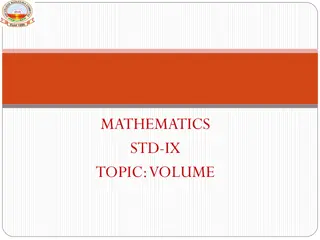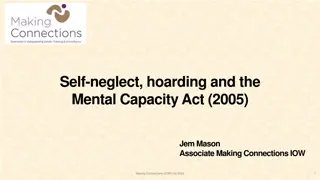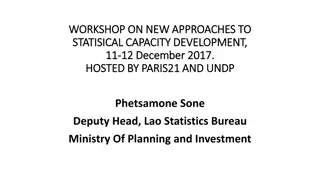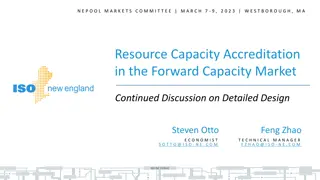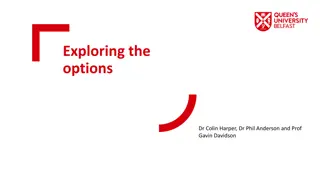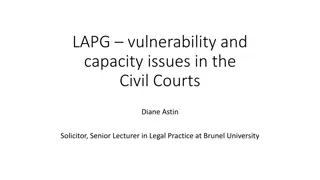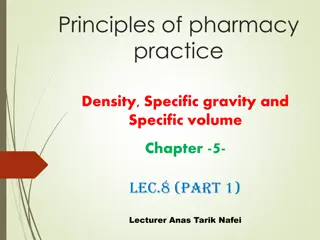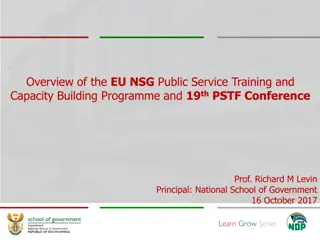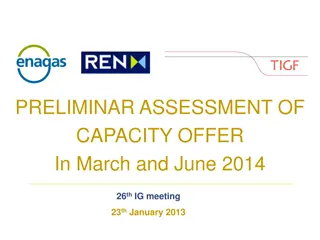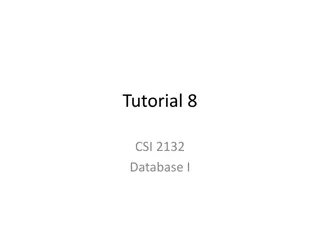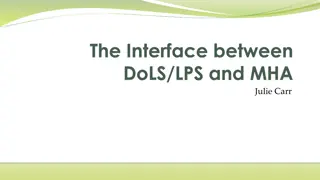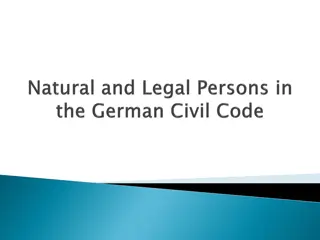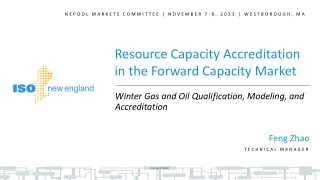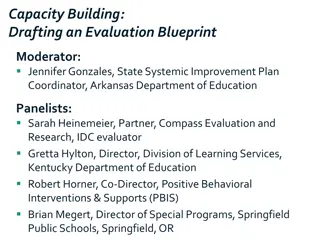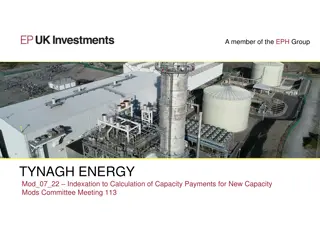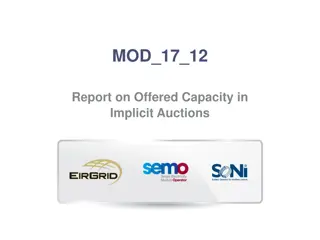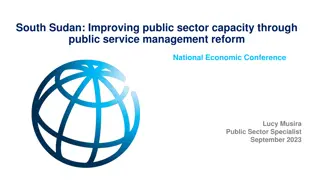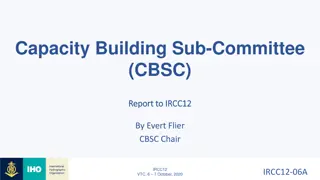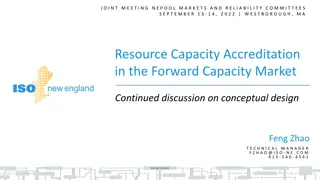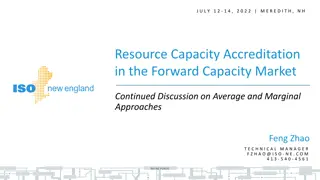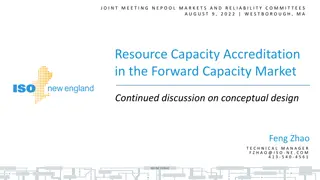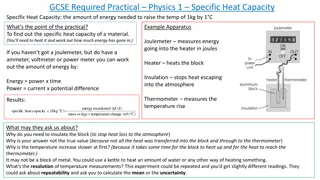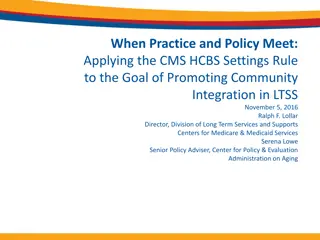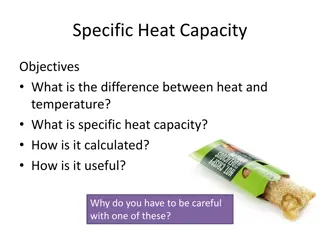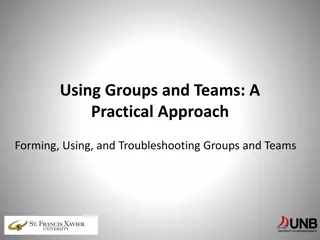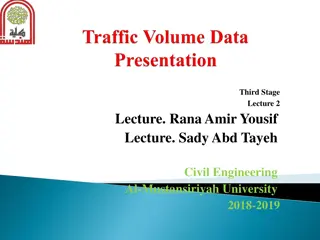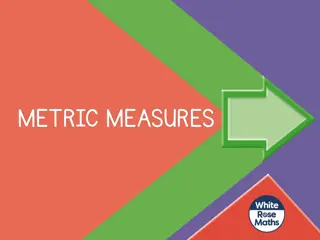Exploring Capacity and Volume in Practical Settings
Explore the concepts of volume and capacity through engaging activities involving measuring liquid in containers, understanding units like milliliters and liters, and solving capacity-related questions. Discover how to work out different measurements and practice practical capacity in the kitchen with various containers. Learn to compare container sizes, calculate remaining capacity, and understand common measurements like teaspoons, cups, and liters.
Download Presentation

Please find below an Image/Link to download the presentation.
The content on the website is provided AS IS for your information and personal use only. It may not be sold, licensed, or shared on other websites without obtaining consent from the author. Download presentation by click this link. If you encounter any issues during the download, it is possible that the publisher has removed the file from their server.
E N D
Presentation Transcript
Remember: Volume is a measure of the space taken up by something (eg the amount of liquid) Capacity is the amount a container can hold.
Units for measuring capacity Millilitre ml Litre l Kilolitre kl 1000ml = 1l 1000l = 1 kl
Can you work out these? Half a litre = _______ ml Quarter of a litre = ______ ml 2 litres = ml A teaspoon = A cup = A kettle= 250ml 2l 5ml
Practical Capacity in the kitchen! Find containers that you can fill and empty with water. Jugs/ containers with scaled measurements on the side are particularly useful. Which container holds the most liquid? Which container has the smallest capacity? How much more would you need to fill the container? How much of the capacity is unused? Pour different amounts water in all your containers -Can you arrange the containers in order of the volume of water they contain? If you have a jug with a scaled measurement look at the calibrations on the side. Can you fill it up to eg 150ml/ 34ml/ 200 ml / half a litre etc How much more to 1 litre? If you tipped out 30ml, how much would you have left? How many ml does a teaspoon hold? How many mls for a cup? Mug? Water bottle? How many litres for a bucket? Watering can?


